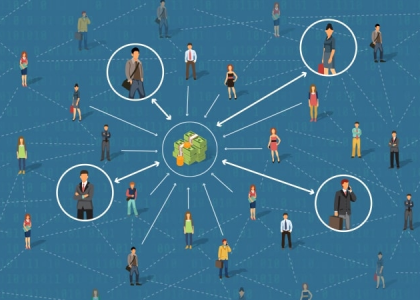Microcredit is a common form of microfinance that involves an extremely small loan given to an individual to help them become self-employed or grow a small business. These borrowers tend to be low-income individuals, especially from less developed countries (LDCs). Microcredit is also known as “microlending” or “microloan.”
‘SIMPLE FACTS’
- Microcredit is a method of lending very small sums to individuals to start or expand a small business.
- Microcredit borrowers tend to be low-income individuals living in parts of the developing world; the practice originated in its modern form.
- Most microcredit schemes rely on a group borrowing model, originally developed by Nobel Prize winner Muhammad Yunus and his Grameen Bank.
How Microcredit Works
The concept of microcredit was built on the idea that skilled people in underdeveloped countries, who live outside of traditional banking and monetary systems could gain entry into an economy through the assistance of a small loan. The people to whom such microcredit is offered may live in barter systems where no actual currency is exchanged.
Modern microcredit is typically attributed to the Grameen Bank model, developed by economist Muhammad Yunus. This system started in Bangladesh in 1976, with a group of women borrowing some money to finance the group’s own small businesses. The women repaid the loan and were able to sustain the business.
The women in who received microcredit did not have money to purchase the materials they needed to make the bamboo stools that they would, in turn, sell—and at the same time, each individual borrower would be too risky to lend to on their own. By borrowing as a group, the initial financing gave them the resources to begin production, with an understanding that the loan would be paid over time as they brought in revenue.
The structure of microcredit arrangements frequently differs from traditional banking, wherein collateral may be required or other terms established to guarantee repayment. There might not be a written agreement at all.
In some instances, the microcredit was guaranteed by an agreement with the members of the borrower’s community, who would be expected to compel the borrower to work toward repaying the debt. As borrowers successfully pay off their microcredits, they may become eligible for loans of larger and larger amounts.
Amala App Suite avails you with the premium support that is designated to solve the challenges of the Microfinance Institutions in Tanzania. A system that carter to bring closer the digital operations to your institutions so that you can work anywhere at anytime powered by the recent technology transformations. Our system is well equipped with all client expectation features that with make sure our clients are quick and conversant to the system.








